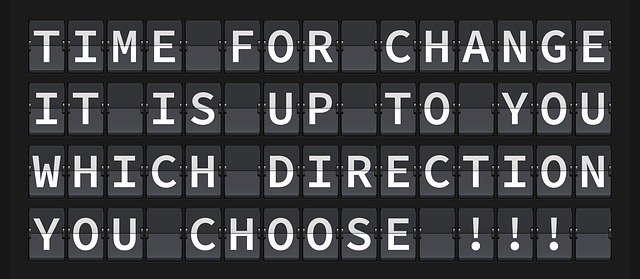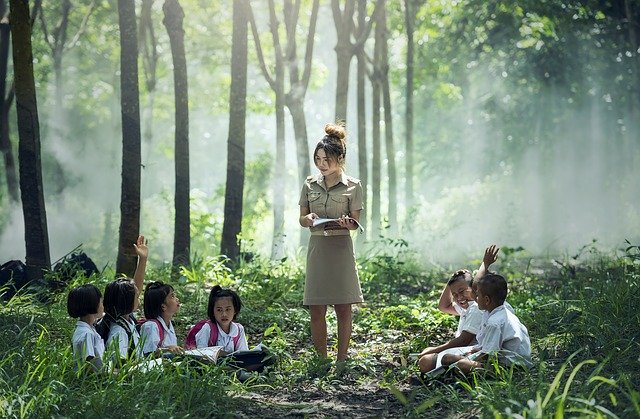In a recent interview podcast, Tami Simon spoke to former NBA star Lance Allred about his book which focuses on changes to what it means to be a “tough” male in times of adversity. Lance is the author of The New Alpha Male: How to Win the Game When the Rules Are Changing. As the first legally deaf player in the NBA, Lance missed hearing a number of plays but he brought to the game a keen sense of sight and intuition – he was able, for example, to develop heightened peripheral vision and the capacity to read body language through intuition rather than analysis.
Lance explains in his interview (as part of the Insights at the Edge podcast series) that he was raised as a child in America to become the classical Alpha Male – dominant, powerful and focused on the external signs of success that were associated with materialistic values (what you possess) and “superior conceit” (“better than” or “superior to”). The catalyst for his change of perspective on what it means to be male was the sudden end to his NBA career (precipitated by the Global Economic Crisis) and nervous breakdown which resulted in thoughts of suicide.
Characteristics of males who successfully persevere despite adversity
In the interview, Lance describes the seven characteristics of what he terms the “New Alpha Male”. The characteristics are strongly aligned to mindfulness and Lance describes them as the “seven principles of perseverance” when faced with today’s life challenges:
- Accountability: Lance argues that we need to own our feelings and avoid hiding them through “false bravado”. He maintains that to be accountable we have to cast off those embedded self-stories that lead to envy and aggression and own our real feelings, instead of playing the victim or the child throwing a tantrum.
- Integrity: Speaking your “authentic truth” – not showing one side to a valued audience and another worse side to people viewed as lesser in importance. This entails working towards personal integration as a lifetime pursuit and being congruent as a leader.
- Compassion: Understanding that others are in pain and can often cause you hurt as a result of their pain (e.g. pain resulting from adverse childhood experiences). It entails being willing to forgive others and show compassion towards them and their suffering.
- Intimacy: Being able to have the “intimate conversations” that express how you really feel but also being able to “own your side of the street” – what you have contributed to the conflict. Lance talks about “self-intimacy” which is effectively a very deep level of self-awareness along with the courage to own up to what you are thinking and feeling. The resultant vulnerability becomes a strength, not a weakness.
- Adaptability: Being able to deal with “extreme discomfort” including feeling alone because you are not conforming to other people’s expectations – people who do not see you for “who you truly are” and what you are capable of.
- Acceptance: This is the precursor to surrender. Acceptance entails acknowledging mistakes but working to overcome them for your own benefit as well as that of others affected by your mistakes or inadequacies. Surrender goes one step further in accepting “what is” after you have given your all to a particular pursuit or dream. Lance explains that acceptance and surrender in turn involve both heartbreak and gratitude – willingness to learn through heartbreak and gratitude for what you have achieved.
- Choice: A fundamental principle underlying perseverance. This involves showing up in your life – choosing to start again after some “failure”, not being afraid of failure. In the final analysis it means to “be a leader of your own life”.
Reflection
Lance puts forward the challenge of conscious choice and mindful action – being willing to overcome our self-stories, moving beyond our comfort zone, being truly accountable and authentic about our thoughts and feelings and being compassionate and forgiving towards others. As we grow in mindfulness, we can develop the self-awareness and self-intimacy that underpins his principles of perseverance and progressively move towards personal integration.
_____________________________________
Image by Pete Linforth from Pixabay
By Ron Passfield – Copyright (Creative Commons license, Attribution–Non Commercial–No Derivatives)
Disclosure: If you purchase a product through this site, I may earn a commission which will help to pay for the site, the associated Meetup group and the resources to support the blog.









